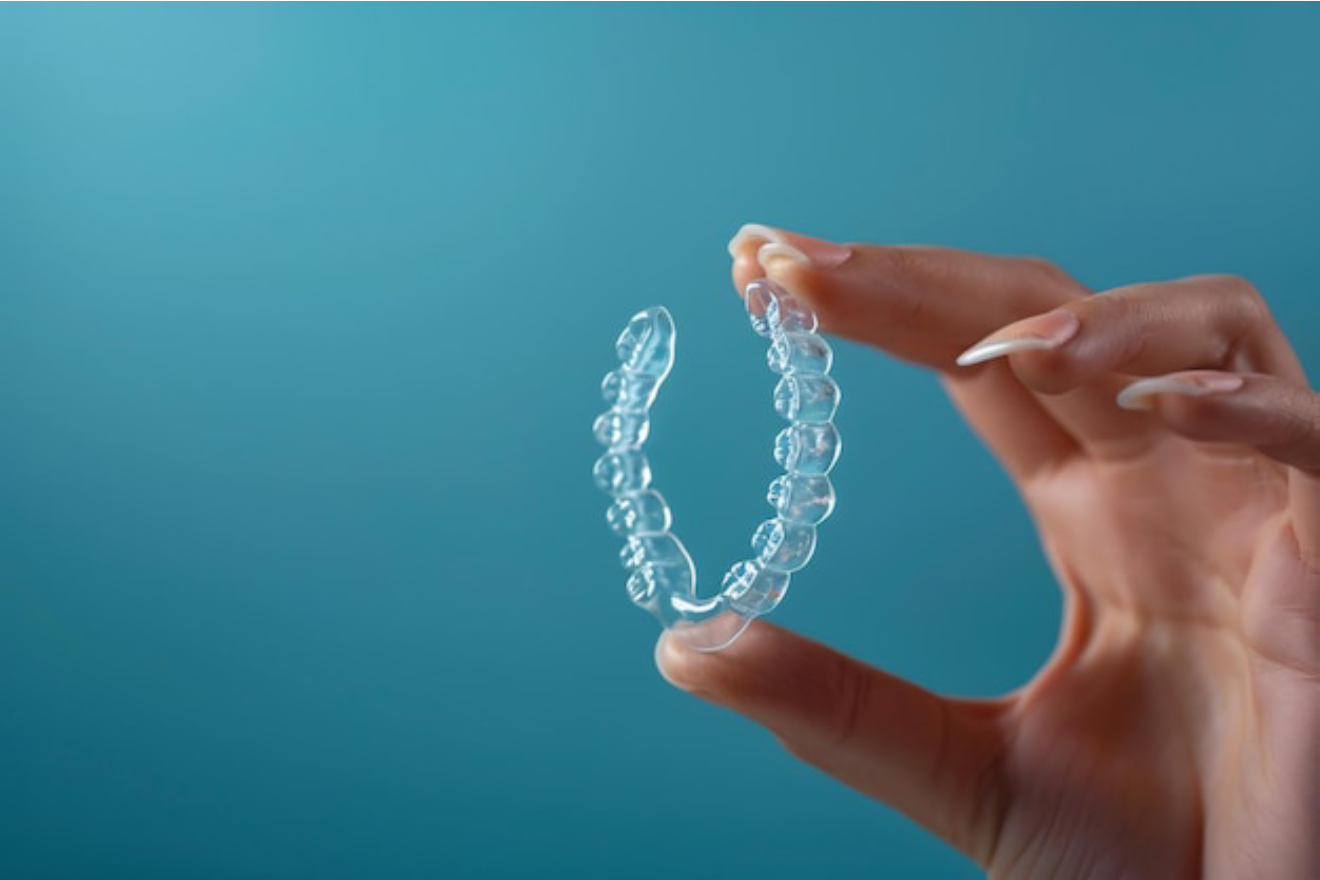Comprehensive Guide to Invisalign
Invisalign is a popular and innovative orthodontic treatment designed to straighten teeth using a series of clear, removable aligners. Unlike traditional metal braces, Invisalign offers a discreet and comfortable alternative for achieving a well-aligned smile. Here’s a detailed guide on Invisalign, including its benefits, process, and aftercare.
What is Invisalign?
Invisalign is a modern orthodontic treatment that uses a series of custom-made, transparent aligners to gradually move your teeth into their desired positions. The aligners are made from a smooth, BPA-free plastic material and are virtually invisible when worn, making them a popular choice for individuals seeking a less noticeable way to straighten their teeth.
Benefits of Invisalign
- Discreet Appearance: Invisalign aligners are clear and less noticeable compared to traditional metal braces, making them an attractive option for those concerned about the appearance of their orthodontic treatment.
- Comfort: The aligners are made from smooth plastic, reducing the likelihood of irritation to the gums and cheeks commonly associated with metal braces.
- Removability: Unlike fixed braces, Invisalign aligners are removable, allowing you to eat and drink without restrictions and maintain your regular oral hygiene routine without difficulty.
- Predictable Results: Advanced computer technology is used to plan the movement of your teeth throughout the treatment, providing a clear picture of the expected results and ensuring a precise and efficient treatment process.
The Invisalign Process
- Initial Consultation: Your orthodontist or dentist will evaluate your dental health and determine if Invisalign is suitable for you. They will discuss your treatment goals and answer any questions you may have about the process.
- Digital Impressions and 3D Imaging: Detailed digital impressions or scans of your teeth will be taken to create a 3D model of your mouth. This model is used to design a personalized treatment plan, showing the projected movements of your teeth.
- Custom Aligner Fabrication: Based on the treatment plan, a series of custom aligners will be manufactured. Each set of aligners is designed to move your teeth progressively into the desired position.
- Receiving Your Aligners: Once your aligners are ready, you will visit your orthodontist or dentist to receive them. You will be provided with instructions on how to wear and care for them.
- Wearing the Aligners: You will need to wear each set of aligners for the recommended period, typically 1-2 weeks, before switching to the next set in the series. Aligners should be worn for 20-22 hours a day for optimal results.
- Regular Check-Ups: You will have periodic check-ups with your orthodontist or dentist to monitor your progress and ensure that your treatment is on track. Adjustments to the treatment plan may be made if necessary.
- Completion and Retainers: Upon completion of your Invisalign treatment, you will receive retainers to maintain the alignment of your teeth. Retainers help prevent your teeth from shifting back to their original positions.
Care and Maintenance of Invisalign Aligners
- Cleaning: Clean your aligners regularly with a soft toothbrush and mild soap or Invisalign cleaning crystals. Avoid using toothpaste or abrasive cleaners, which can damage the aligners.
- Storage: Store your aligners in the provided case when they are not in use to protect them from damage and contamination.
- Oral Hygiene: Continue to brush and floss your teeth as usual, and rinse your mouth with water before reinserting your aligners to maintain good oral hygiene.
- Avoid Staining: Remove aligners before consuming foods or drinks that can stain them, such as coffee, tea, and red wine.
Potential Complications
While Invisalign is generally safe and effective, some potential issues include:
- Initial Discomfort: Some individuals may experience mild discomfort or pressure as their teeth begin to shift, which typically subsides as they adjust to the aligners.
- Speech Adjustment: There may be a temporary adjustment period where your speech may be slightly affected while wearing the aligners.
- Aligner Loss or Damage: If an aligner is lost or damaged, contact your orthodontist or dentist promptly to obtain a replacement and avoid delays in treatment.
Conclusion
Invisalign offers a modern, comfortable, and discreet alternative to traditional metal braces for straightening teeth. By understanding the benefits, process, and proper care of Invisalign aligners, you can achieve a well-aligned, beautiful smile with minimal impact on your daily life. Consult with your orthodontist or dentist to determine if Invisalign is the right option for you and enjoy the advantages of a clear, confident smile.


